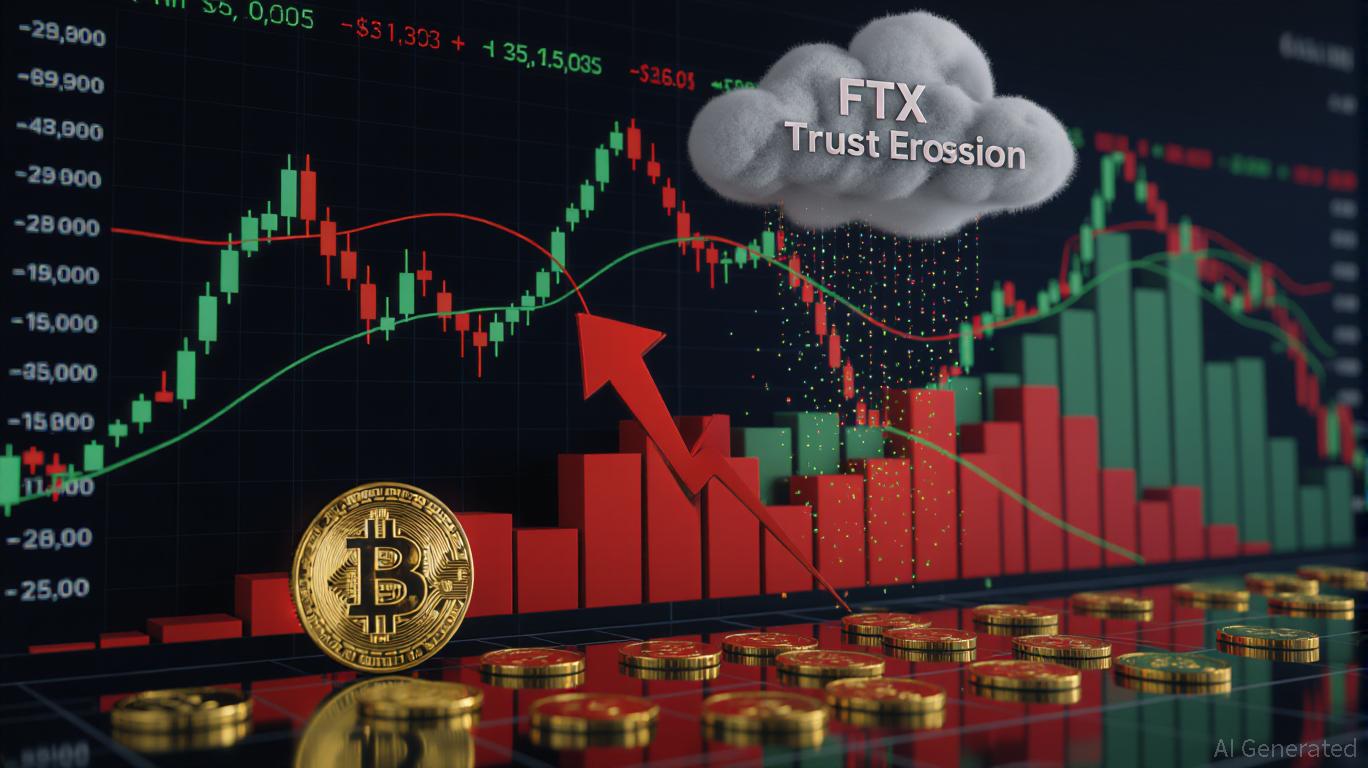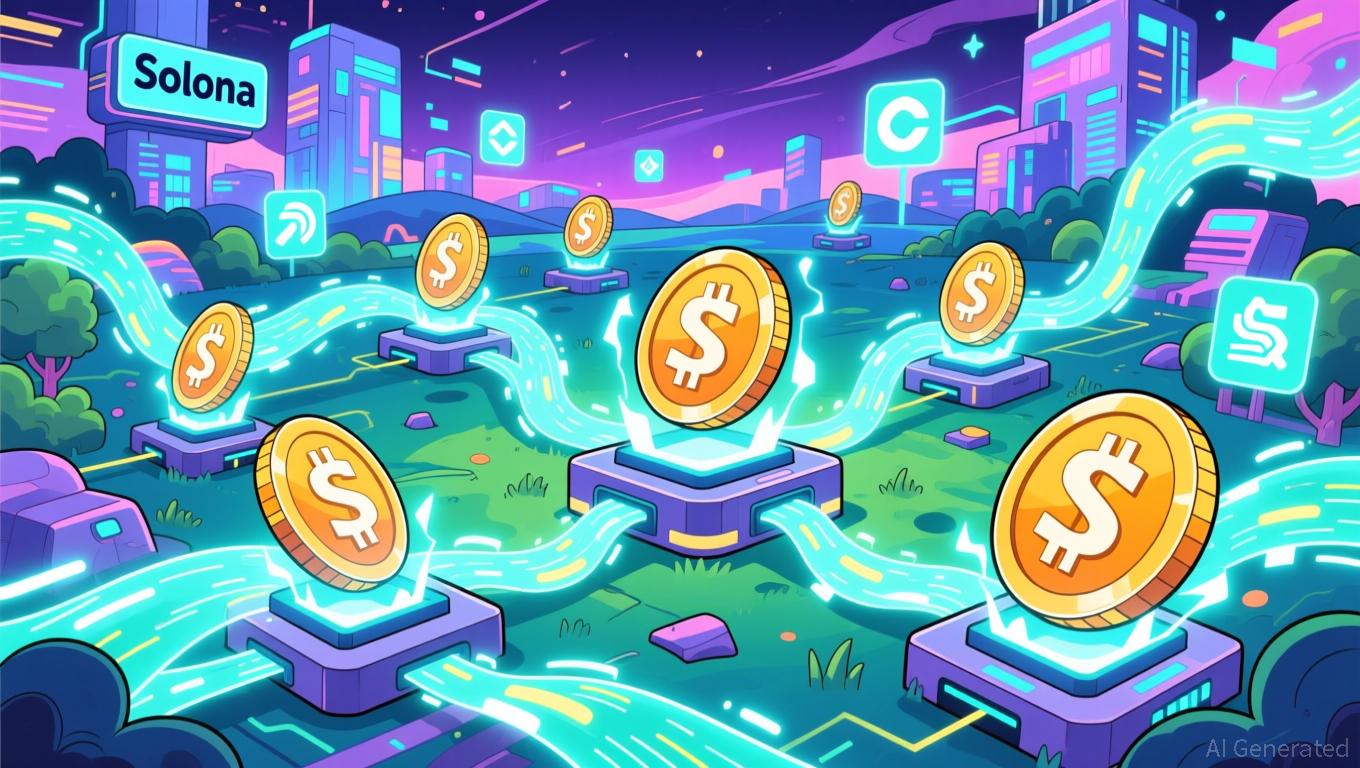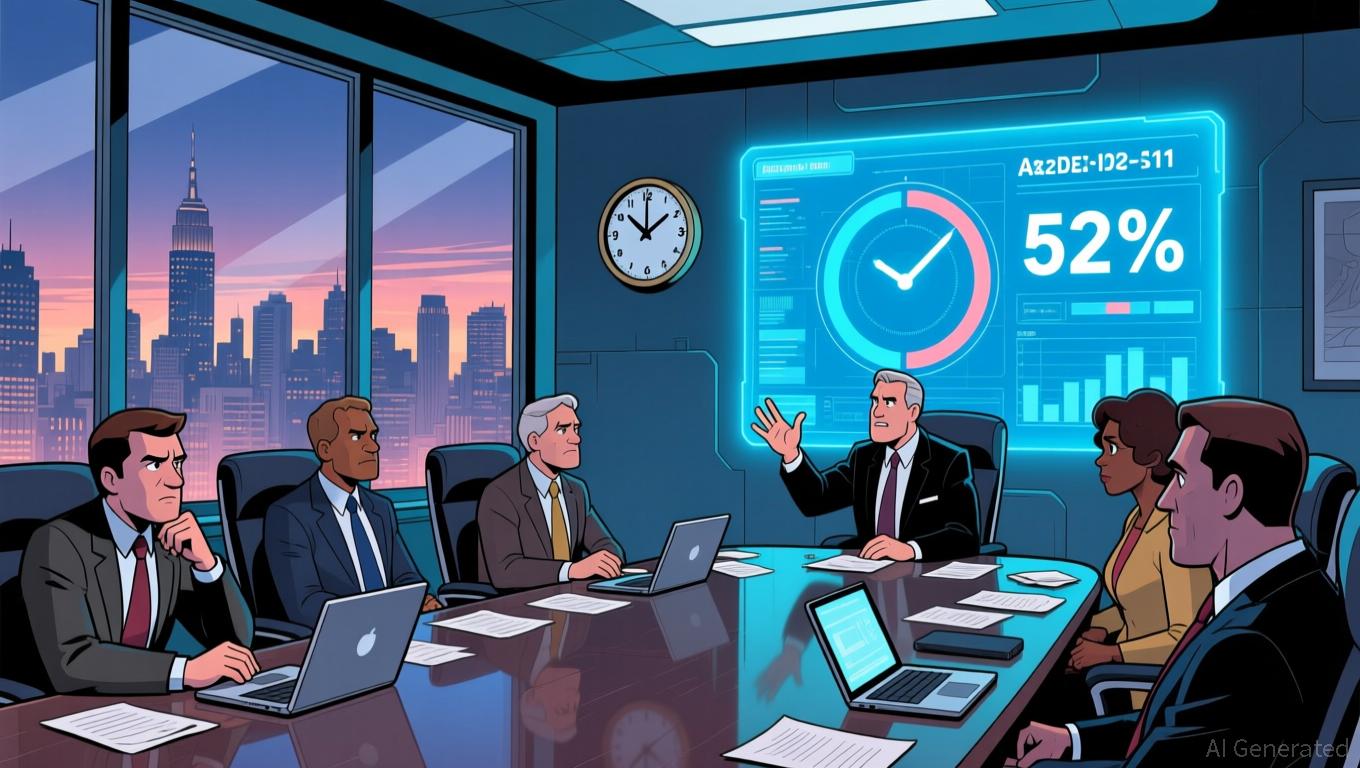A recent analysis from the International Energy Agency reveals that global spending on data centers will reach $580 billion this year, surpassing investments in new oil exploration by $40 billion.
These figures highlight significant changes in the world economy, and drawing parallels between data centers and oil is especially relevant as concerns grow over the environmental impact of generative AI.
Kirsten Korosec, Rebecca Bellan, and I explored the report’s insights in the latest episode of TechCrunch’s Equity podcast.
It’s clear that these upcoming data centers will require vast amounts of electricity, potentially putting additional pressure on power grids that are already under strain. However, Kirsten noted a possible benefit: many of these new facilities may be powered by solar energy, opening up fresh possibilities for startups focused on renewable energy solutions.
We also talked about the funding behind these initiatives. OpenAI has pledged $1.4 trillion for data center construction, Meta has allocated $600 billion, and Anthropic has recently unveiled a $50 billion plan for its own data centers.
Below is a condensed and edited excerpt from our discussion.
Kirsten: Here’s where I see a potential advantage. Tim De Chant, our climate tech journalist, has extensively covered not only data centers but also the trend of these facilities increasingly adopting renewable energy. From a regulatory and cost perspective, renewables are often the preferred choice. It’s much simpler to get approval for installing solar panels next to a data center.
So for me, the positive takeaway is that this could be a major boost for companies innovating in renewable energy, data center architecture, or emissions-reducing technologies.
But what really caught my attention was the sheer scale. Having previously reported on the energy sector, I’m well aware of the massive investments made in oil exploration.
Rebecca: It’s a huge amount, and much of it is coming from the United States. The report indicates that half of the anticipated electricity demand will originate in the U.S., with China and Europe making up most of the remainder.
Another point that stood out to me is that most of these data centers are being built in or near urban areas with populations around one million. This adds complexity to grid integration and connection infrastructure. As you mentioned, renewables will likely become a necessity—not out of environmental concern, but because it makes business sense.
Kirsten: Redwood Materials’ new division, Redwood Energy, is definitely a company to watch. I attended their major launch event a few months ago, where they showcased how they’re repurposing used EV batteries that aren’t yet ready for recycling to create microgrids, specifically targeting AI data centers. This approach could help address the challenges you mentioned.
The question is whether other companies will follow suit. Are there more firms like Redwood Energy aiming to do the same? And what kind of impact could they have? I believe the strain on the power grid, especially during peak periods like summer in Texas where blackouts and brownouts are common, will become a significant issue. This could drive new investments into companies pursuing similar solutions as Redwood.
Anthony: This also raises questions about how these developments will reshape our communities. Even if the data centers aren’t located directly in cities, the scale of construction will undoubtedly alter the surrounding landscape.
And, of course, there’s uncertainty about how many of these proposed data centers will actually be built, given the ambitious plans and the enormous financial commitments involved.
Take OpenAI, for example. There’s been a lot of discussion about whether their revenue matches the trillions of dollars they’ve committed to spend over the next ten years. There was also controversy when their CFO suggested that the government should guarantee their loans for building data centers, later clarifying that it was a misstatement. Still, it appears they are seeking expanded tax incentives under the CHIPS Act.
It seems likely that this effort will require not just private investment but also government involvement—a question policymakers will be considering in the coming years.



